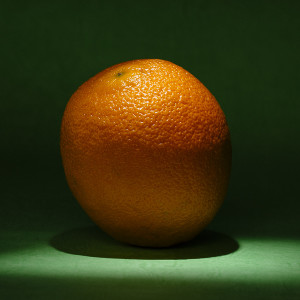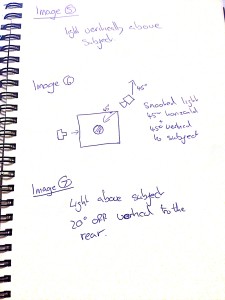I have some experience with studio lighting, but it’s not something I do frequently. Living space in Hong Kong is tight, and setting up a home studio often gets in the way.
So, armed with a couple of sheets of background, I headed to Lamma Island to meet a friend who has more lighting equipment than I do. We took advantage of the local pub’s outdoor area (benefiting from the 20-degree weather in November). My friend also doubled as a human light stand.
The shots were set up using a single flash, occasionally paired with a simple snoot. My human light stand held the light in place as needed for different looks. Having an extra pair of hands was incredibly helpful, not only to maintain the momentum of the shoot but also to act as a sounding board for ideas and a memory jogger for noting the light’s position. Other than the snoot, no additional modifiers were used in this sequence.
.
Image 1
Image 2
Image 3
Image 4
Image 5
Image 6
Image 7
Lighting Diagrams.
As the flash was unmodified, the light it produced was quite harsh and highly directional. The exposure was set so that the flash would be the only light captured, with the exception of the reference image.
The direction and angle of the light were crucial in all the shots. The amount of overspill determined how much of the orange hue and the texture of the skin would be revealed.
One of the key aspects of controlling lighting is that, unlike natural or ambient artificial light, it is completely controllable. Through the use of modifiers, light can be shaped to create any desired look. Additionally, it can even be combined with ambient light to achieve more dramatic effects.










